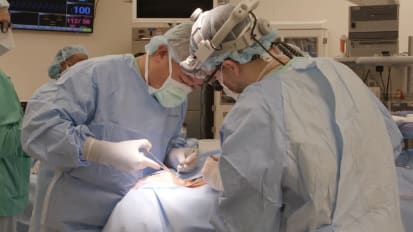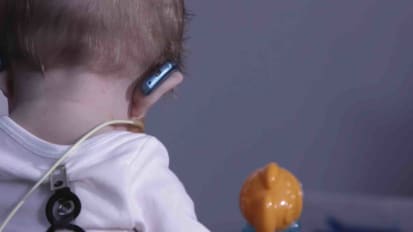[MUSIC PLAYING]
BRADLEY OTTO: With traditional nasal airway procedures, a lot of them are done in the operating room. And so it requires that you come in for pre-op, you spend the time in the operating room, you recover at the surgery site, and then you go home. And basically, most of those procedures require about a half day of your time. So the difference in this study is that the procedure is done in the office. It only takes a few minutes to perform.
The downtime is minimal. It's basically the office visit and maybe a couple hours of relaxation after that. Most people can actually go back to work that day.
I think this is a great procedure for people who have a narrow nasal valve or nasal valve collapse, but also people who don't have significant septal deviation or other issues that's causing the nasal obstruction. Basically it performs radiofrequency ablation of the tissue in the nasal valve region. And what happens is a coagulant forms, which is basically just a small area where scar tissue forms. And when the scar tissue forms, it basically denatures DNA the tissue and causes it to contract a little bit. That opens the nasal valve region.
So basically what it requires is a topical anesthetic to numb up the surface of the tissue, and then we inject a local anesthetic. And then after that, it takes about 30 seconds each for three applications inside that nasal valve region on a given side. So basically, the procedure itself takes about two minutes to perform.
The benefits of this over traditional surgery is that it can be done in the office setting and a lot of patients can get right back to work that same day. So far, most people seem to be impressed with the type of change it's causing in the nasal valve region and the results they're experiencing.
And actually, that's a big part of the research we're doing. Here at Ohio State, we're trying to figure out, objectively, what it is that makes people happy with their nasal airflow. I think the main reason it's important is because variability with results amongst all the procedures we d for nasal airflow.
So most people that have all the traditional types of procedures done to their nose feel much better breathing through the nose afterwards, but not everybody. So our goal is to figure out what it is that makes people happy, what type of changes are required in a given patient to make them happy, and then to personalize their procedure or their treatment so that they have the best outcome possible.






